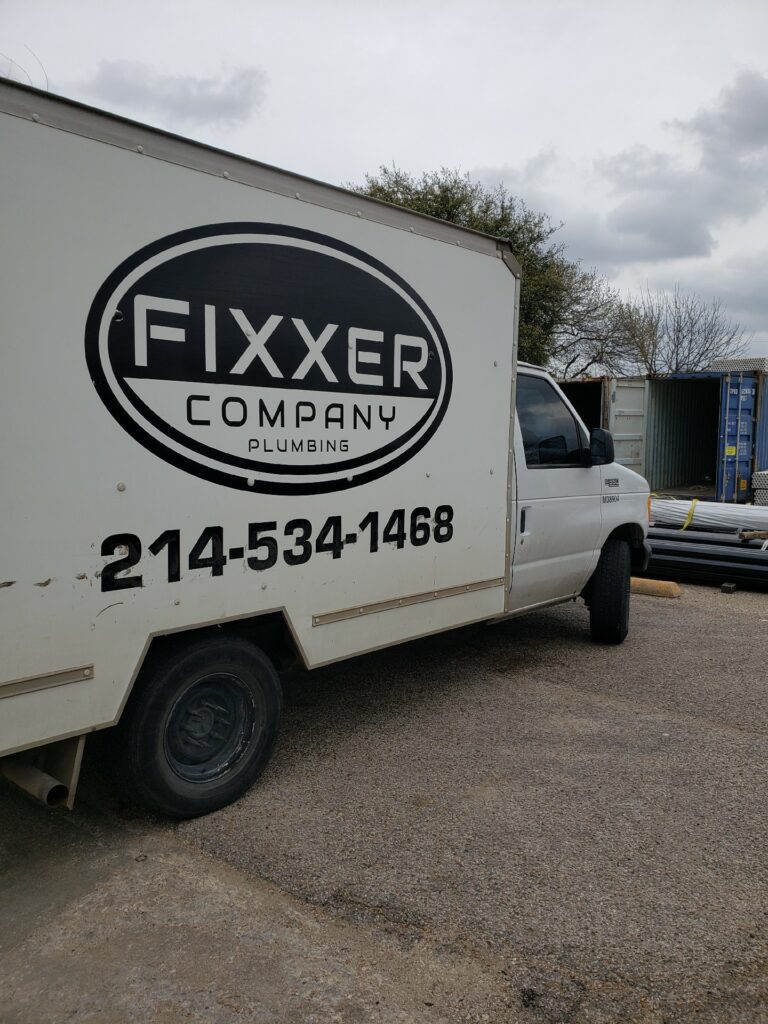Like most homeowners, you’ve probably never thought about what kind of pipes your home has. You may not even know how old they are! But if you want to ensure that your plumbing system is working well over time, it’s important to understand how long your pipes have been around and what signs indicate that they need replacement.

Your water develops brown or yellow discolouration.
If you notice your water has developed brown or yellow discolouration, it’s not necessarily a sign of disease. Typically, this occurs when minerals from the water are dissolved in the pipes and deposited on the inside of them. The building materials used to construct homes have been known to contain iron oxide (rust), which can cause similar problems.
To fix it: run the tap for a few minutes to clear out any deposits that may be present in your pipes.
You hear gurgling and bubbling in the plumbing.
You hear gurgling and bubbling in the plumbing.
This is a sign that water is flowing through your pipes, but there’s something wrong: air bubbles are trapped in the lines, causing them to make a whistling sound when they move. Your home may also have water bubbling up from drains and more serious issues like mold growth or leaks around faucets and toilets (which can cause mildew).
You have low water pressure.
Low water pressure is one of the most common issues plumbers encounter. It can be caused by various things, including clogs and leaks in your pipes, but it’s also an indicator that something needs to be repaired or replaced.
If you have low water pressure at home, there are several potential sources:
- A pipe that’s been frozen could cause a leak if it thaws out while the faucet is running.
- If a pipe has become corroded (either inside or outside), this will also cause low water pressure. In addition to needing to remove any corrosion buildup on internal surfaces within these pipes—which means opening them up—you may need to replace them entirely if they’ve been compromised by corrosion.
You see puddles of water around drains and toilets.
If you see puddles of water around drains and toilets, it may be a sign that your pipes are leaking. The water can also pool in the basement if your foundation is uneven or has cracks.
If there’s no obvious source for this pooling, look at where the toilet flushes into its pipe—are there other holes in this area? Is there an obstruction where something could be blocking drainage from happening? If so, then make sure to fix these issues before continuing with any other repairs down below!
Your pipes bang when you turn on faucets or appliances.
- You may hear banging when you turn on faucets or appliances. This can be caused by loose pipes or pipes that are too small for the amount of water they carry. Either way, this is a sign that there is either something wrong with your plumbing system (i.e., a blockage), or it could mean there’s too much pressure put on those pipes when they’re under pressure from an appliance like a washer or dryer (this would happen if you have too-large faucets and drains).
Your pipes and fixtures are over 50 years old.
If you have a home built in the 1950s or earlier, the pipes and fixtures are likely made of different materials that weren’t as strong back then. By now, those pieces of plumbing can corrode, rust and crack. They can also be damaged by freezing or bursting—which is why older homes often require professional repair services when something goes wrong!
Conclusion
If you notice signs that your pipes need to be replaced, it’s important to act fast. These problems will only get worse over time, and they can eventually lead to major damage to your home. Fixxer Company Plumbing is here to help you with all your pipe replacement needs. We’ll work with you to find the best solution for your home and ensure the job is done right so that you can have peace of mind. Contact us today to schedule a consultation.
